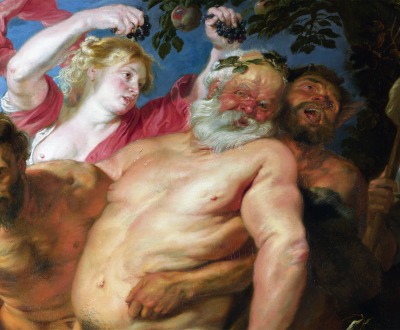Miscellany
It is said that while campaigning in southern Louisiana, Huey Long was told that many voters were Catholic. “When I was a boy,” he began speeches, “I would get up at six o’clock in the morning on Sunday, and I would take my Catholic grandparents to mass. I would bring them home, and at ten o’clock I would hitch the old horse up again, and I would take my Baptist parents to church.” A colleague later said, “I didn’t know you had any Catholic grandparents.” To which he replied, “Don’t be a damned fool. We didn’t even have a horse.”

